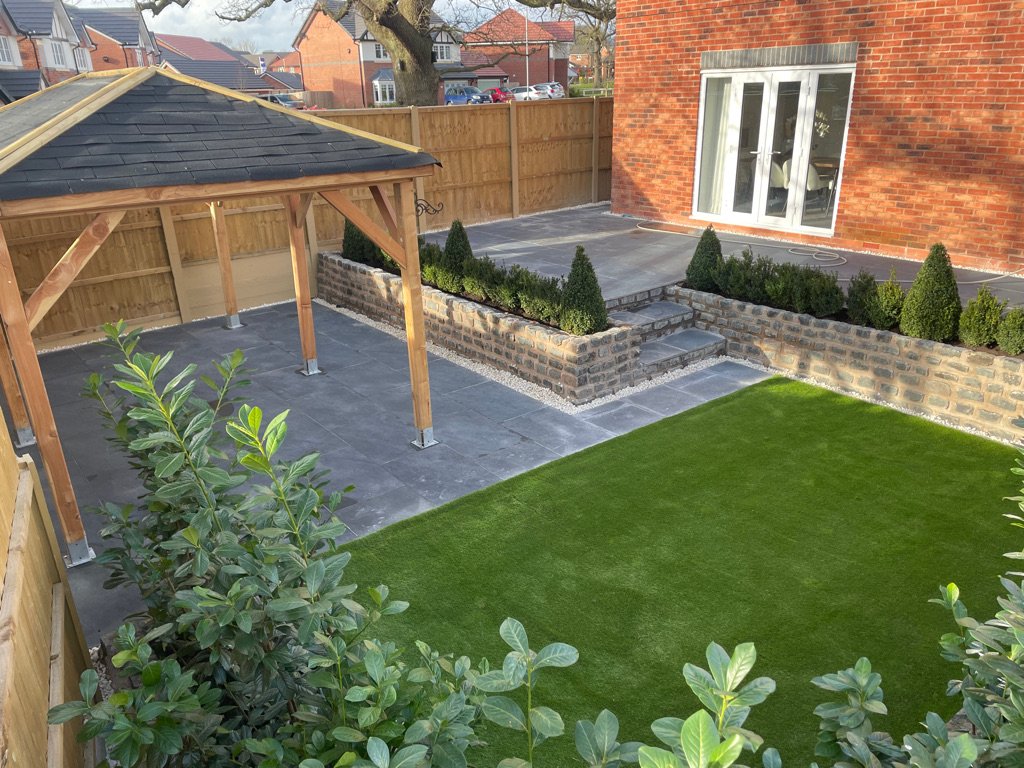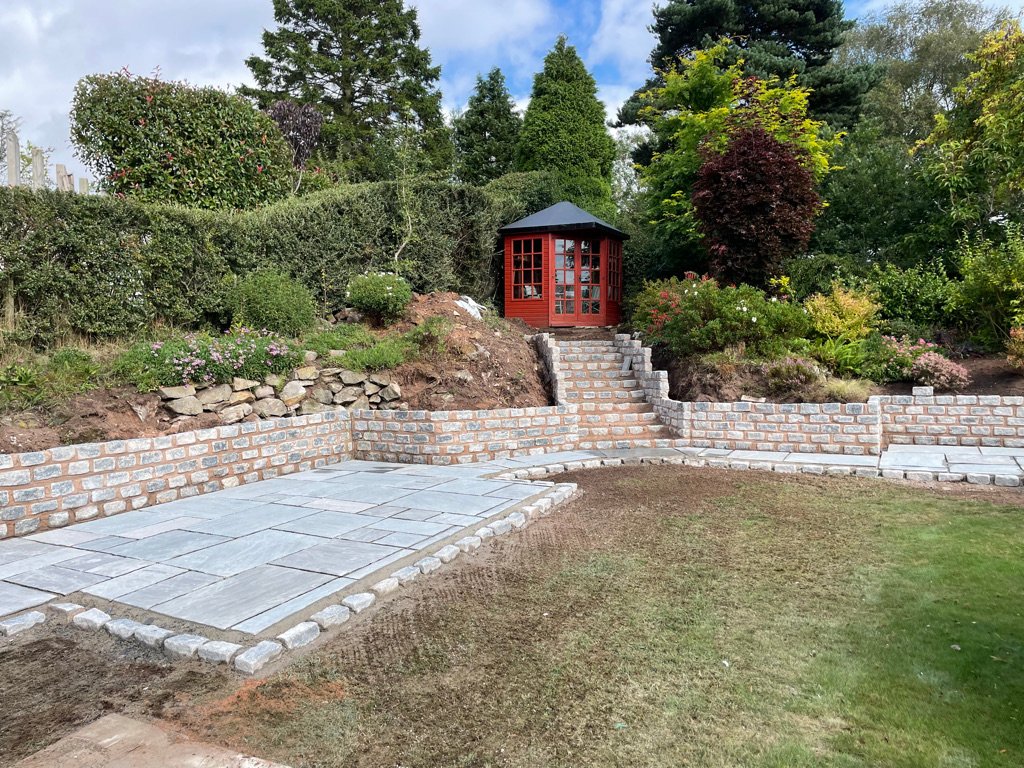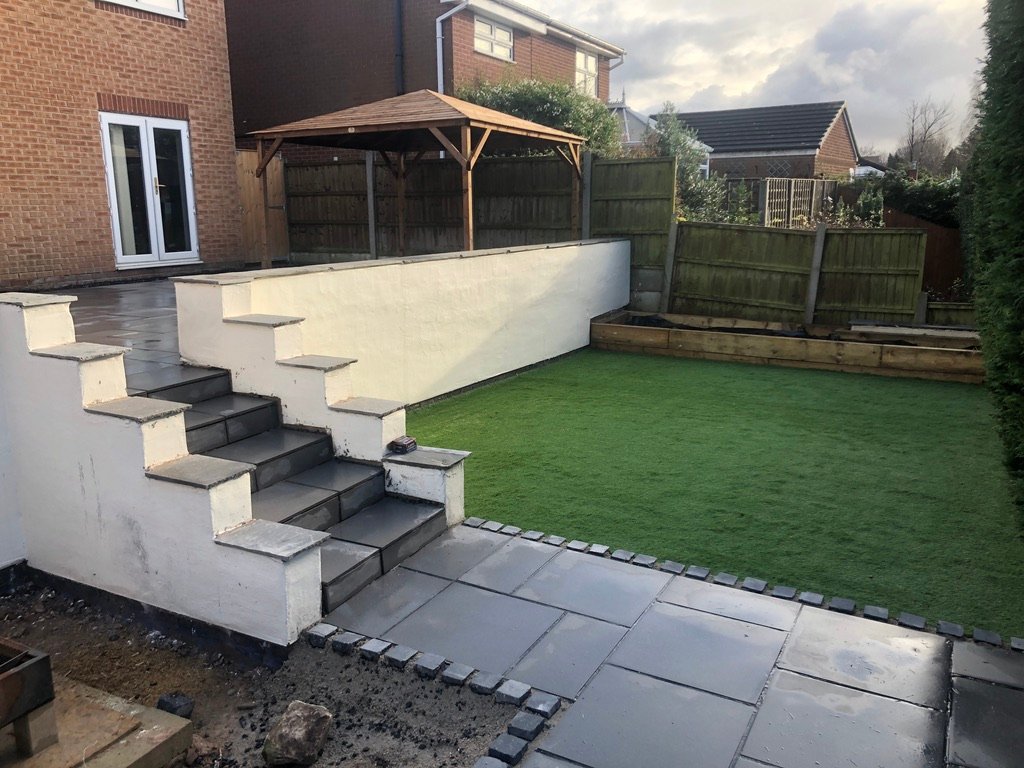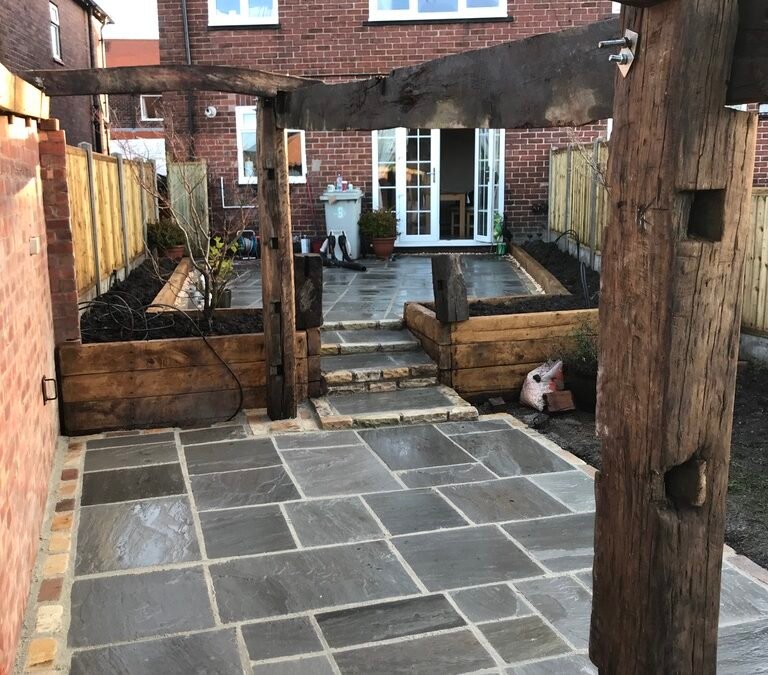Creating the Perfect Gazebo
When it comes to enhancing your outdoor space, a gazebo can be a stunning addition, offering both aesthetic appeal and functional benefits. As a centerpiece in your garden designed by a qualified garden designer in Altrincham or elsewhere in Cheshire, a gazebo can serve as a shaded retreat, perfect for relaxation or hosting gatherings. Whether you prefer a traditional wooden structure or a modern, sleek design, the variety of gazebo styles available allows you to choose one that complements the overall theme of your garden.
Before proceeding with your gazebo plans, it is essential to assess your garden’s layout. Collaborating with a garden designer in Wilmslow or a landscape designer in Cheshire can provide valuable insights into the optimal placement of your gazebo. Positioning the gazebo in a spot that maximizes views of your garden not only enhances its visual impact but also creates an inviting atmosphere. Consider orienting the structure towards your most appealing garden features, such as blossoming flower beds or serene water elements. This strategic placement can transform your space into a personal oasis.
Choosing the materials for your gazebo is another crucial factor to consider. Wood is a popular choice for its natural beauty and ability to harmoniously blend into most garden settings. Alternatively, metals or even vinyl can offer modern aesthetics and require less maintenance. When selecting materials, consulting with landscaping services in Alderley Edge or Knutsford can help ensure durability and matching styles. It’s also beneficial to incorporate design elements and colors that resonate with your existing landscape, ensuring coherence throughout your garden design in Congleton.
Overall, a well-planned gazebo can elevate your garden’s design, making it a versatile space for leisure and entertainment while adding substantial value to your home.

Elevating Your Garden with Raised Flower Beds
Raised flower beds are a valuable addition to any garden, providing several advantages that enhance both aesthetics and functionality. One of the primary benefits is improved drainage; raised beds allow excess water to escape more easily, reducing the risk of root rot and promoting healthy plant growth. This is particularly beneficial in Cheshire, where heavy rainfall can often lead to water-logged soil. By hiring a garden designer in Altrincham or any surrounding area, you can develop a plan tailored to your specific space, ensuring optimal drainage and aesthetic appeal.
Additionally, raised flower beds enable enhanced soil quality. You have more control over the soil composition, allowing for improved nutrients and aeration. This is crucial for cultivating diverse plant species, making this strategy effective whether you are working with a garden designer in Wilmslow or consulting with a landscape designer in Cheshire. Opting for materials such as untreated wood, bricks, or composite materials can elevate the lifespan and look of these beds, fitting seamlessly into various landscape designs tailored by professionals.
When selecting plants for raised flower beds, it’s essential to consider their compatibility with the elevated conditions. Many perennial flowers, herbs, and even vegetables thrive in this environment, making it easy for novice gardeners to enjoy bountiful blooms and harvests. For those in areas like Alderley Edge or Knutsford, landscaping services can guide you on the best plant choices specific to the regional climate, enhancing growth and maintenance ease.
Building a raised flower bed involves a few basic steps. First, choose a suitable location that receives adequate sunlight. Construct the frame using your chosen materials, ensuring it is sturdy and long-lasting. Fill the bed with a mixture of topsoil and compost, and you’ll be ready to plant. Whether you are a seasoned gardener or a beginner, implementing these strategies will ensure your raised beds contribute to a flourishing garden design, enhancing the landscape of your outdoor space.
Building Retaining Walls and Effective Drainage Solutions
Creating a beautiful and functional outdoor space often necessitates the construction of retaining walls. These structures serve a dual purpose: they prevent soil erosion and create level planting areas that enhance the overall aesthetic appeal of your garden. When selecting materials for retaining walls, you have several options to consider, including stone, timber, and concrete. Each material possesses its unique advantages and disadvantages.
Stone retaining walls are highly regarded for their durability and natural appearance. They can blend seamlessly with the landscape, but the initial investment can be significant. On the other hand, timber is a more cost-effective alternative and provides a warm, organic look. However, timber walls may require more frequent maintenance and have a shorter lifespan compared to stone. Concrete retaining walls are extremely versatile; they can be molded into various shapes and patterns. Nevertheless, they can appear stark and less natural, which may not appeal to everyone.
Equally important is the implementation of effective drainage solutions. Poor drainage can lead to waterlogging, which jeopardizes plant health and diminishes the beauty of your garden. Among the various methods to manage garden drainage, the installation of French drains is a popular choice. This technique involves laying perforated pipes in trenches filled with gravel to redirect excess water away from planting areas. Another effective strategy is to create swales or gentle slopes in the landscape to facilitate water runoff naturally.
Integrating retaining walls and drainage solutions is crucial for creating a lush, thriving garden. By collaborating with professionals, such as a garden designer in Altrincham or a landscape designer in Cheshire, you can develop a tailored landscape plan that incorporates these essential elements. In conclusion, understanding the materials for retaining walls and effective drainage methods will empower you to enhance the function and beauty of your garden space.
Incorporating Water Features and Specimen Planting in Your Garden Design
Integrating water features into your garden design can significantly enhance its aesthetic appeal and ecological balance. Options like ponds, fountains, and birdbaths not only create stunning visual elements but also contribute to a serene ambiance. When choosing a water feature, consider both functionality and maintenance; for instance, smaller fountains can be less demanding in upkeep compared to larger ponds. Selecting a Cheshire landscape designer can guide you through the various styles available, ensuring you choose a design that complements your outdoor space. These features can also attract diverse wildlife, turning your garden into a tranquil retreat.
For those seeking to elevate their garden’s visual impact, specimen planting is an effective strategy. This technique involves placing distinctive plants in prominent locations to serve as focal points, drawing the eye and providing structure. A garden designer in Altrincham or Wilmslow can assist in selecting the right specimens to meet your design needs, emphasizing color, texture, and seasonal interest. Consider incorporating unique trees or flowering shrubs that can function as statement pieces, particularly in less populated areas of the garden. Hedges may also be used strategically to provide privacy while complementing the specimen plants.
While integrating water features and specimen planting, it is crucial to ensure that these elements harmonize with your overall landscape design. The expertise of a landscaping services provider in Alderley Edge or Warrington can offer valuable insights into achieving a cohesive look that serves both functional and aesthetic purposes. When thoughtfully implemented, these elements not only beautify the garden but also create an environment conducive to relaxation and enjoyment. By making informed choices and utilizing skilled landscape designers, you can effectively transform your outdoor space into a peaceful paradise.


